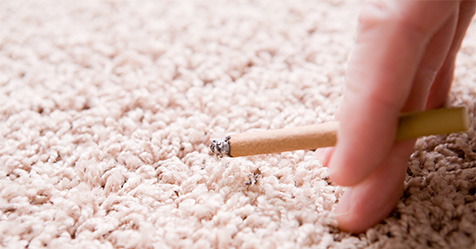The concept of bringing outdoor air inside a facility to reduce contaminants is nothing new—it has been touted for years as the answer to indoor air quality (IAQ) problems. But does it completely resolve the issue? Simply speaking, no, it does not, and here’s why.
Bringing in outdoor air to mix with the indoor air is known as “fresh-air makeup” and has been done for years to reduce carbon dioxide levels. The benefits of this concept can be significant; however, there are concerns regarding the cleanliness of so-called “fresh air.”
When outdoor air spore and pollen counts elevate during certain times of year, do you want to bring that inside? In a climate where mugginess prevails, how would the humid air affect the efficiency of a building’s air conditioning system? If you worked next door to a meat processing plant, would you want to bring those odors into the work environment?
Be sure to carefully consider the method you employ to bring fresh air indoors. There are a few options you can try:
- Option No. 1: Determine whether outside air could be brought into the air conditioning system ahead of the filtration system (upstream before it gets to the air handler) so any particulates can be filtered out prior to entering the environment.
- Option No. 2: Consider adding a filtration device on the fresh air inlet itself to reduce contamination.
- Option No. 3: Where possible, place fresh-air ducting inside of the conditioned space so the hotter air from outside can cool before entering the air handler. This is a successful way to reduce energy costs and increase air conditioning and heating efficiency.
Always look at fresh air dilution as a part of the holistic solution to pollution without ignoring good air filtration and proactive air purification. By utilizing these two components, the air brought in from the outside can be cleaned as it is brought into the indoor environment.




